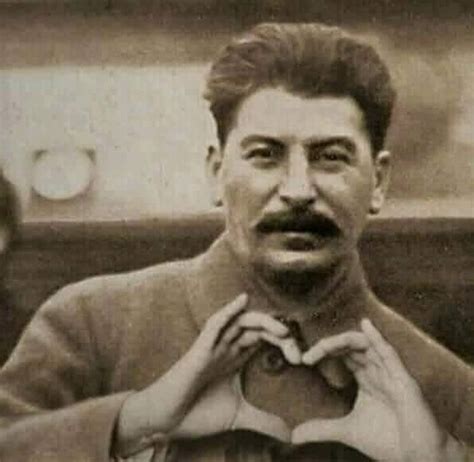- cross-posted to:
- world
- cross-posted to:
- world
To Palestinians, Gaza is a symbol of resistance. To Israel, Gaza is a template to pummel and isolate that resistance.
On June 19, Israeli combat helicopters fired missiles into the camp, ostensibly as part of an arrest operation that ended up killing five Palestinians, including a 15-year-old girl named Sadeel Naghniyeh.
Then in early July, in the worst attack on the West Bank since 2002, the Israeli armed forces terrorised the inhabitants of Jenin for two days and killed at least 12 people, including children. The massive aerial and ground assault involved helicopter gunships, missiles, drones, armoured vehicles, bulldozers and more than 1,000 Israeli soldiers.
That is what happens, it seems, when Palestinians keep rebuilding – and keep existing. Indeed, Al Jazeera quoted 56-year-old camp resident Ahmed Abu Hweileh on the takeaway from the bloody escapade: “The message to the world and the occupation is that this camp will keep on going. They tried to destroy it and it came back up.”
Israel’s recent comportment in Jenin – and particularly the sudden use of air strikes in the West Bank for the first time in years – has invited comparisons to the Israeli modus operandi in the Gaza Strip, another location that has come to symbolise Palestinian resistance.



then just cross-reference it with more articles that aren’t as biased?
like all news is biased, that’s why you’re not supposed to just read one source about a thing
My comment still has value IMO since I don’t think most people take the time to cross reference articles.
But I don’t think you’re wrong, I also read the article even though I assumed it would be biased.